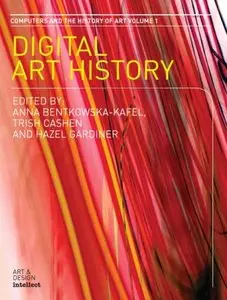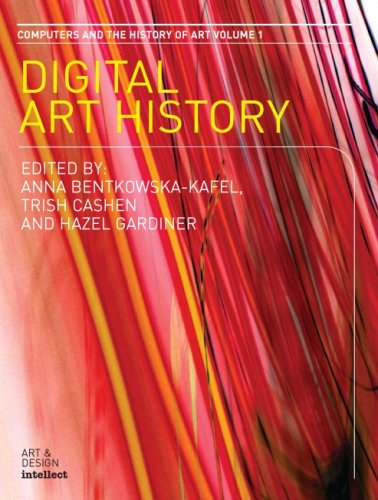Anna Bentkowska-Kafel, Trish Cashen, Hazel Gardiner, "Digital Art History"
2005 | pages: 136 | ISBN: 1841501166 | PDF | 4 mb
2005 | pages: 136 | ISBN: 1841501166 | PDF | 4 mb
This book looks at the transformation that Art and Art history is undergoing through engagement with the digital revolution. Since its initiation in 1985, CHArt (Computers and the History of Art) has set out to promote interaction between the rapidly developing new Information Technology and the study and practice of Art. It has become increasingly clear in recent years that this interaction has led, not just to the provision of new tools for the carrying out of existing practices, but to the evolution of unprecedented activities and modes of thought.
This collection of papers represents the variety, innovation and richness of significant presentations made at the CHArt Conferences of 2001 and 2002. Some show new methods of teaching being employed, making clear in particular the huge advantages that IT can provide for engaging students in learning and interactive discussion. It also shows how much is to be gained from the flexibility of the digital image – or could be gained if the road block of copyright is finally overcome. Others look at the impact on collections and archives, showing exciting ways of using computers to make available information about collections and archives and to provide new accessibility to archives. The way such material can now be accessed via the internet has revolutionized the search methods of scholars, but it has also made information available to all. However the internet is not only about access. Some papers here show how it also offers the opportunity of exploring the structure of images and dealing with the fascinating possibilities offered by digitisation for visual analysis, searching and reconstruction. Another challenging aspect covered here are the possibilities offered by digital media for new art forms. One point that emerges is that digital art is not some discreet practice, separated from other art forms. It is rather an approach that can involve all manner of association with both other art practices and with other forms of presentation and enquiry, demonstrating that we are witnessing a revolution that affects all our activities and not one that simply leads to the establishment of a new discipline to set alongside others.
My Links



